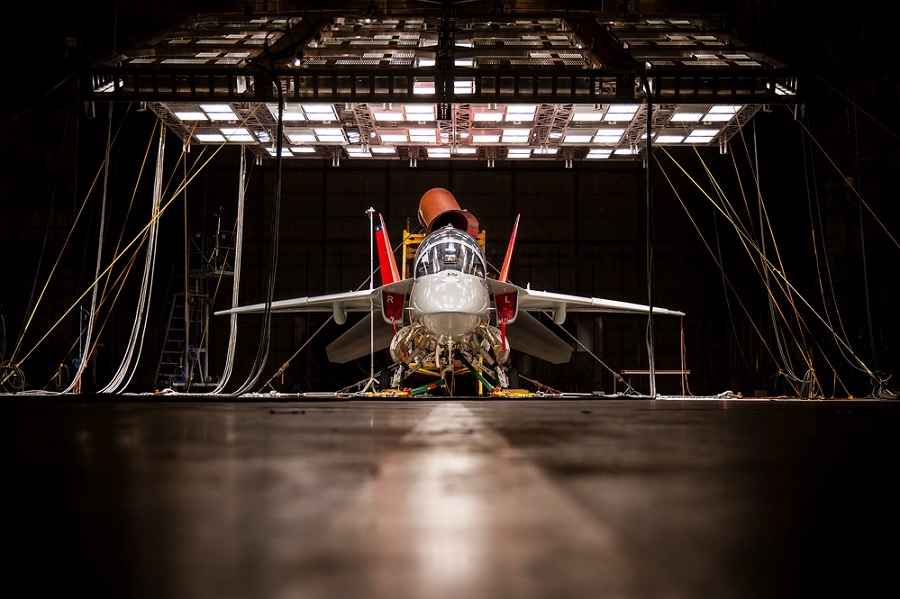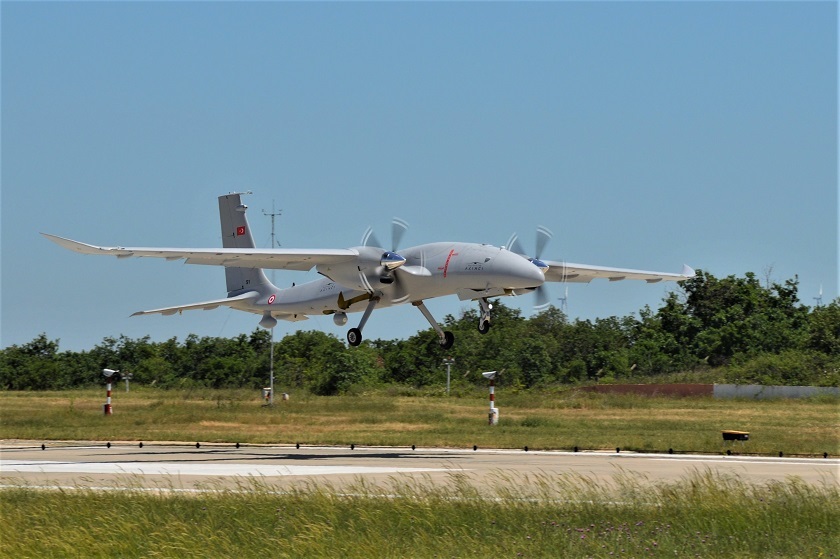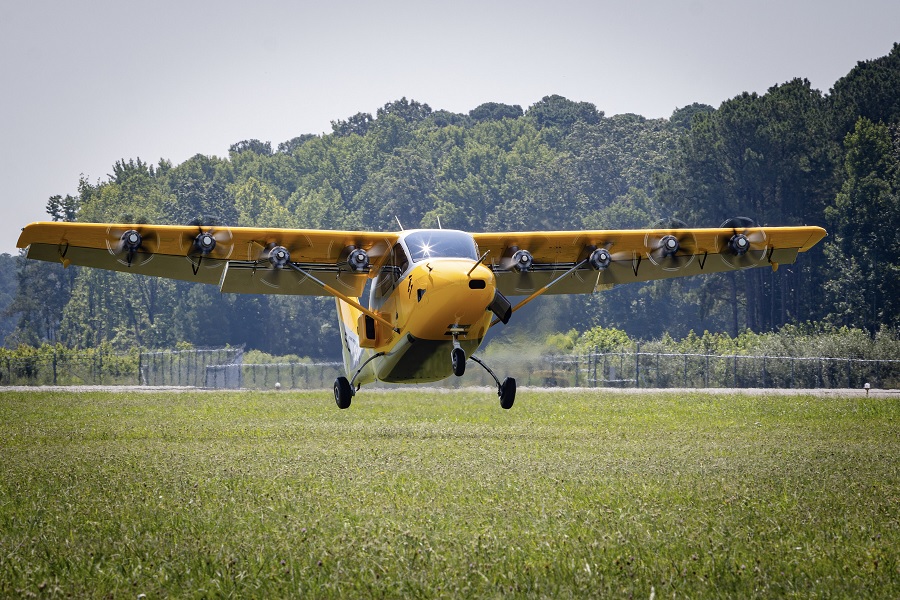The HADES prototype, scheduled for delivery on October 1, 2024, represents the first large-cabin business jet owned by the US Army for such operations. This pioneering spy plane is being developed to perform deep sensing missions, significantly enhancing the military’s capability to detect and respond to threats from greater distances.
Col. Joe S. Minor, the project manager for Army fixed-wing aircraft, emphasized HADES’s strategic importance, stating, “HADES will operate at higher altitudes than legacy turboprop platforms, increasing range, speed, endurance, and aerial ISR depth. Deep sensing is the Army’s number-one operational imperative for the Army of 2030.”
In preparation for HADES, the US Army has been operating two aerial technology demonstrators (ATDs) since 2020: Artemis and Ares. Artemis, based on a Bombardier Challenger 650, has conducted over 600 sorties for the US European Command. Ares, utilizing a Bombardier Global Express 6500, has completed 300 sorties in the Indo-Pacific region. These ATDs have provided valuable insights into platform performance, sensor integration, and data distribution, shaping the development of the HADES program.
These demonstrators have not only furnished crucial performance data but also helped the Army understand the broader requirements – including doctrine, training, personnel, and sustainment – to effectively deploy these advanced sensors and aircraft. The HADES program marks a significant leap forward in the US Army’s ISR capabilities, aligning with its vision for 2030.









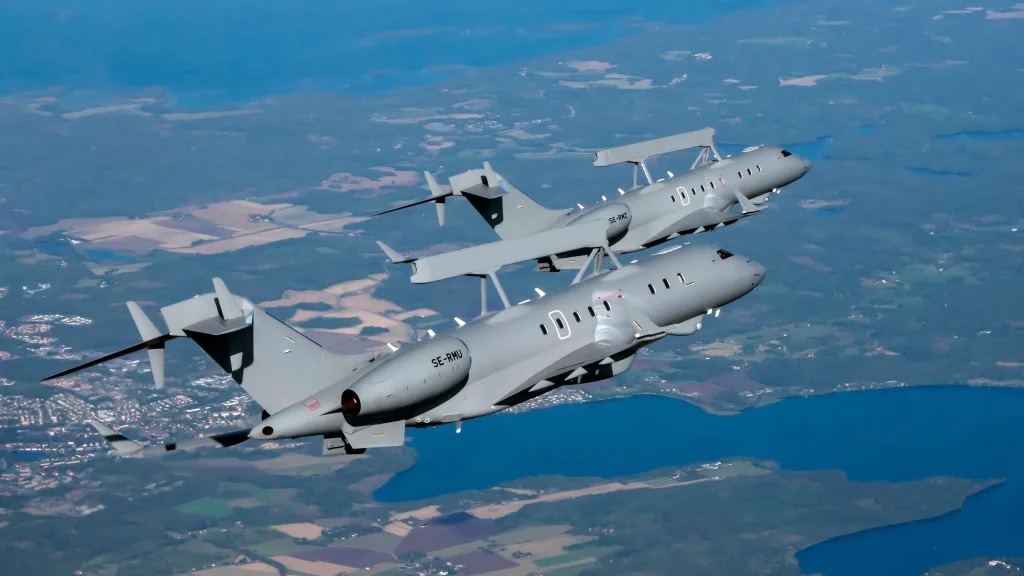


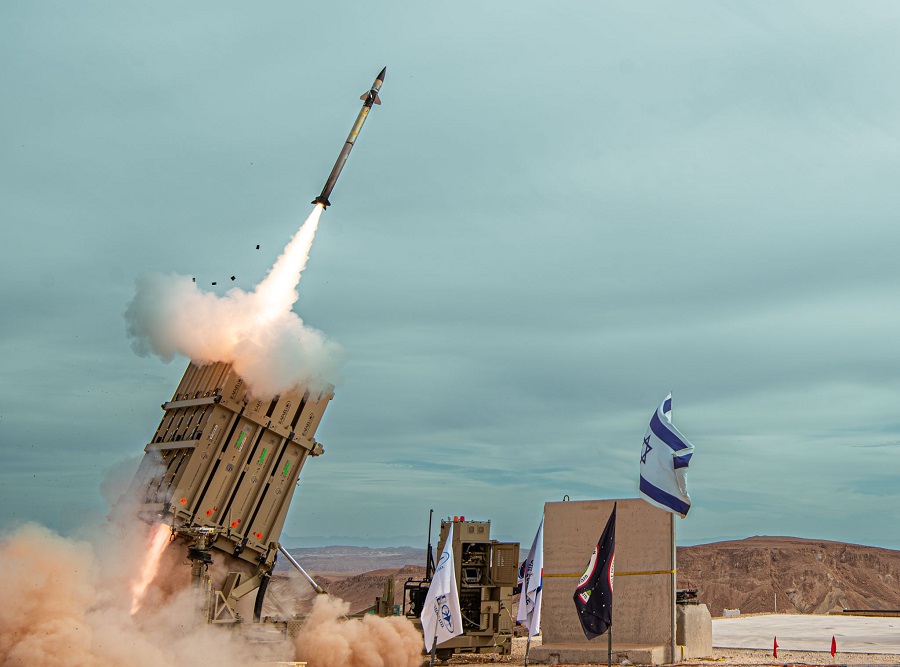
![MightyFly demonstrates autonomous cargo flight capabilities to U.S. Air Force [VIDEO]](https://defence-industry.eu/wp-content/uploads/2025/07/MightyFly-demonstrates-autonomous-cargo-flight-capabilities-to-U.S.-Air-Force-VIDEO.jpg)
